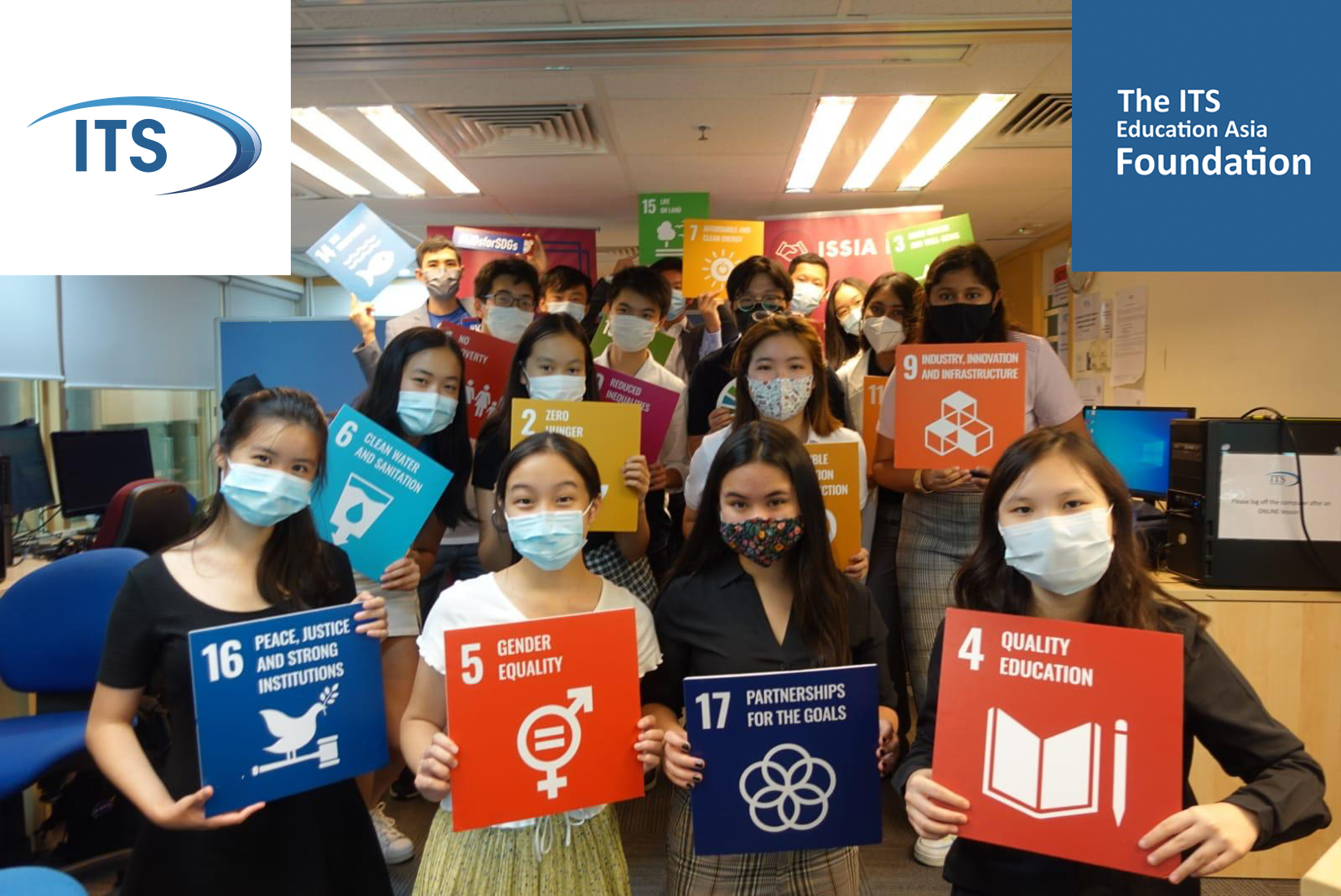Sustainability - now a key part of the school choice process

International school selection in Asia has undergone a huge transformation over the last 20 years as both the number of international schools has grown and as the range of people considering them has broadened. Before that, it was often the case that international school was for a few local elites and primary schools dominated for the younger children of expats prior to being sent off to boarding school in the home country. The choice was based on general reputation, locality or even where friends’ children went to school. Now, despite being more expensive, many more people choose fee paying schools. More people can afford them or make sacrifices to do so. More “brands” have set up international versions of their home school(s). As a result, we are all aware of considering a variety of elements such as school size, class size, curriculum, facilities, location, ethos and so on. I think we should now unquestionably add an element with at least equal importance to these for the 21st century - sustainability.
Sustainability is now very much at the forefront of mainstream consciousness. The terrible outcomes of our unsustainable approaches through (especially) the last 50 years are now at the top of the media stories we consume every day; be they economic hardships, social inequalities, or, of course, environmental impacts. The idea of a sustainable approach to modern and future life has also gained prominence, especially with the United Nations Sustainable Development Goals (SDGs) providing a framework within the 2030 Agenda for inter-governmental discussion and policy-making, all of which filters down to us at community level.
Schools are not only very much communities, for most of us they are THE community of our early years. It makes sense, therefore, that schools should consider sustainability in a range of ways so that they can be confident that they are sustainable in themselves and that they are contributing to a sustainable world around them. Sustainability is being increasingly understood as a multi-faceted process involving multiple, complementary and simultaneous policy and actions. So while schools can and should behave in a sustainable way, our choices as parents contribute to the level of sustainability they and we achieve and our opinions and demands contribute to how communities and ultimately governments act, creating, ideally, a virtuous circle of action and policy to move us into a more sustainable future.
The last few years have seen huge strides in the Hong Kong international school community to address these issues of sustainability. And what has been very pleasing has been the way in which so much of this has been student driven. In my mind, youth voices, initiatives and actions are key characteristics of a vibrant, modern, sustainable community. The days of dismissing teenagers as “too young” or “too inexperienced” are over. This generation is digitally native, extremely well-informed, better educated at an earlier stage and is engaged with global crises, angry that they have happened, and determined to do something about it.
We see a range of student initiatives at a range of schools: the sustainability audit at CIS driven by Drop in the Ocean (DITO); Wanbo at Island School; the Global Goals Council (GGC) at CDNIS, to name just a few. ESF schools all have a staff member appointed as Sustainability Rep and the ESF has engaged with The Nature Conservancy to create NatureWorks across all ESF schools. Many schools have installed solar panels, are looking at water recycling, dealing with the types of stationery they purchase, banning single-use plastic and so on. This is a wonderful range of advocacy and action.
Increasingly, we are also seeing SDG Education creep into the curriculum. This is harder as schools have to prioritise their core curriculum such as A-level or IB, but it is possible. There are opportunities within certain subjects like Geography to use the SDGs as a framework for existing curriculum content. Some schools have allowed their PSHE lessons to be used for SDG education sessions. At my own school, we have initiated a full SDG oriented programme called the Young Changemaker Incubator and also taken on a range of UN courses to make SDG Education more directly accessible to students who want it, both those enrolled with us or any other student in Hong Kong who wishes to do it as a co-curricular activity.
The sustainability activity of a school now needs to be a high-priority element in parents’ reasons for choosing it. This is one of the many ways we , as parents, can actively do our part in driving sustainability ever forward. Schools will accelerate their drive to be sustainable and to teach the SDGs. Our children will become even more engaged and be “sustainability natives” so that their choices and actions as individuals, employees and business owners, and policy-makers in the future are sustainably minded.
When choosing an international school in Hong Kong then, let’s start to add these questions to the list we already have:
What is the school’s sustainability ethos?
- How has the school implemented real actions to become more sustainable?
- Has the school undertaken a sustainability audit?
- Does the school teach the SDGs or other sustainability ideas in the curriculum? If so, which year groups and to what extent?
- Does the school have and support student-led sustainability clubs and initiatives?
- Has the school and/or its students won any sustainability awards?
And add as many others as you like and allow these questions to develop into proper conversations. Our children are getting much better at demanding answers to these crucial questions which impact their entire future lives. We should too.
About the author
Danny Harrington is a parent of a sixteen-year-old, has taught Geography in Hong Kong for over 20 years and is the founder and Director of ITS Education Asia. ITS is an alternative school, offering part-time and full-time access to IGCSE and IAL qualifications for students who find mainstream schooling unsuitable. ITS instigated a full SDG oriented department in 2020, is a member of SDSN, and has been appointed by the United Nations to deliver SDG education programmes.
Remember that it’s your child who will spend seven years at primary school, not you. If the school has the right mix of factors that you think your child will enjoy then they will most likely have a happy, fulfilling and educational time at primary school.

